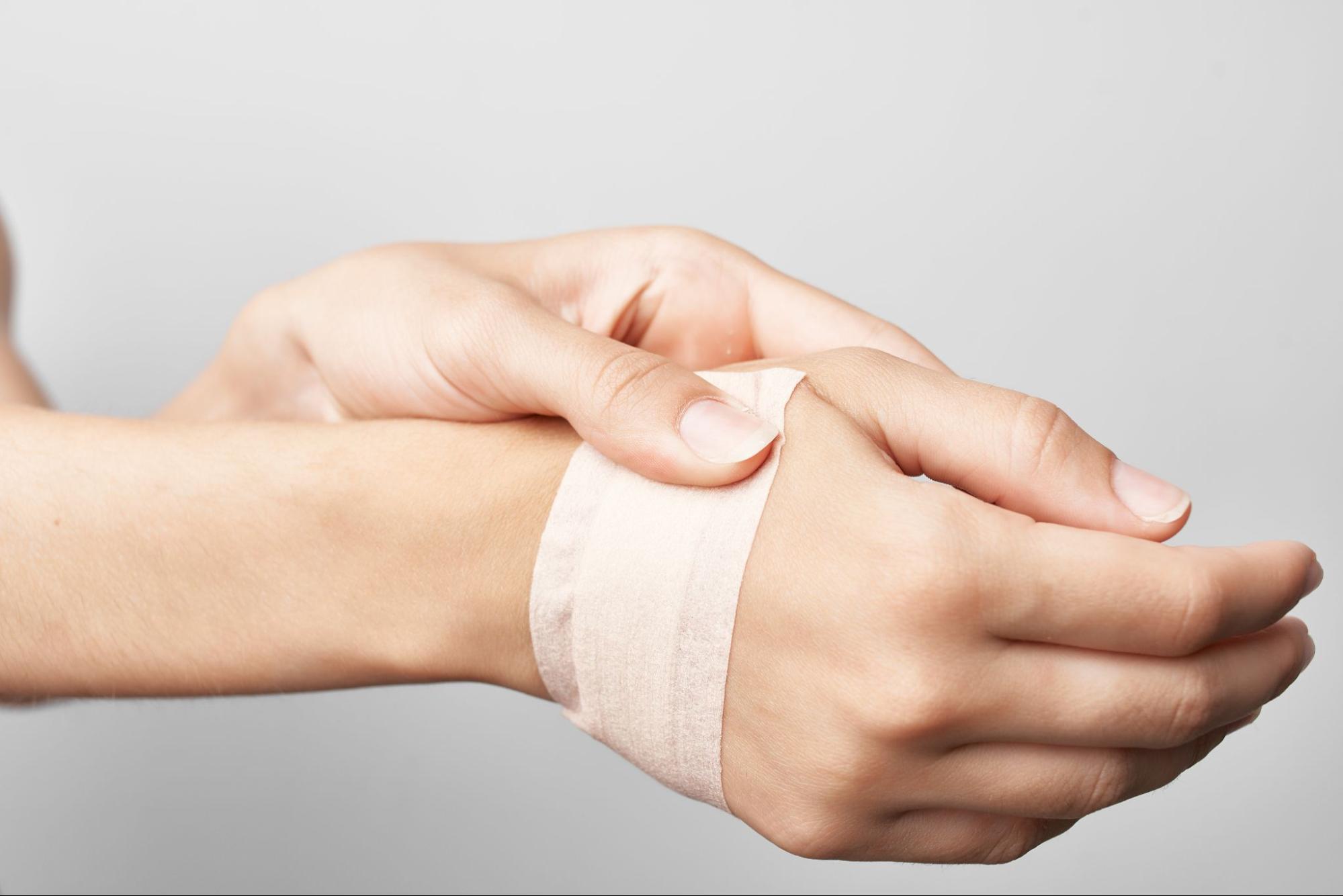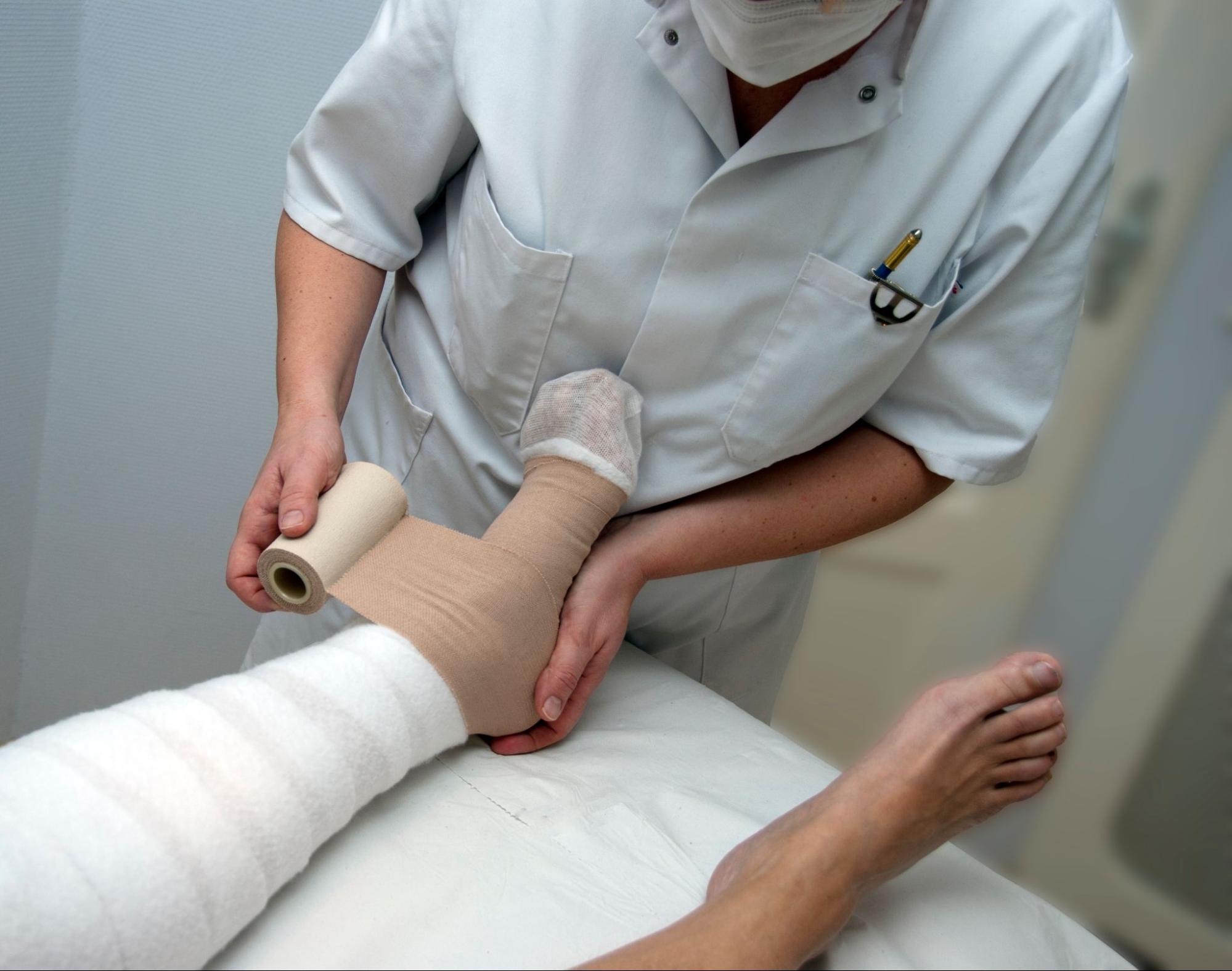
How to Heal Wounds Faster
Wounds are an unavoidable part of life, resulting from accidents, surgeries, or chronic conditions such as diabetes. While the body’s natural healing process is effective, it can sometimes be slow or complicated by infections and other factors. Proper wound care is essential to accelerate healing and prevent complications such as scarring, infections, and chronic wounds.
Advances in medical science have introduced innovative solutions to enhance wound healing, with wound grafts, particularly amniotic grafts, leading the way. Adopting effective wound care strategies can significantly affect recovery time and overall healing outcomes, whether dealing with minor cuts or complex wounds. In this blog, we’ll discuss key strategies to heal wounds faster and explore the transformative benefits of amniotic grafts in modern wound care.
Understanding Wound Healing
Wound healing is a highly complex and dynamic biological process that the body initiates immediately after an injury occurs. This process consists of four distinct yet overlapping phases:
1. Hemostasis (Immediate Response)
The body’s first response to injury is to stop the bleeding. Blood vessels constrict (vasoconstriction), and platelets aggregate at the injury site to form a clot. This clot acts as a temporary barrier, preventing further blood loss and providing a foundation for the next stages of healing. The release of clotting factors also signals the immune system to respond to the injury.
2. Inflammation (1-7 Days Post-Injury)
Once bleeding is controlled, the immune system clears debris and fights off potential infections. White blood cells, particularly neutrophils and macrophages, flood the wound site, engulfing bacteria, dead cells, and foreign particles. This phase is characterized by redness, swelling, warmth, and sometimes pain, all of which are signs of the body working to defend and prepare the wound for repair.
3. Proliferation (4-24 Days Post-Injury)
During this phase, the wound starts to rebuild. Fibroblasts produce collagen, a critical protein that provides structural support for new tissue. New blood vessels form through angiogenesis, ensuring an adequate oxygen supply to the healing tissue. Granulation tissue, which appears pink or red, starts filling the wound space, and epithelial cells cover the wound to close it.
4. Remodeling (21 Days to Several Months)
Also known as the maturation phase, this stage involves the strengthening and restructuring of new tissue. Collagen fibers realign, and excess cells are removed, leading to increased tensile strength and flexibility of the wound. Although scar tissue forms, it improves appearance and function over time. Proper wound care during this phase is essential to minimize scarring.
Factors That Influence Wound Healing
While the body is equipped with natural healing mechanisms, several factors can impact the speed and quality of wound healing, such as:
Age
Older individuals may experience slower wound healing due to reduced collagen production and skin elasticity.
Nutrition
Proper intake of proteins, vitamins, and minerals is critical for tissue regeneration.
Chronic Conditions
Conditions such as diabetes and vascular disease can impair circulation and immune response, delaying healing.
Infection
Bacterial contamination can slow healing and increase the risk of complications.
Medications
Certain medications, such as steroids, can inhibit the inflammatory response needed for effective healing.
Tips to Heal Wounds Faster
Speeding up the healing process requires proper wound management and healthy lifestyle choices. Here are some proven tips to promote faster recovery:
Keep the Wound Clean and Moist
Proper wound hygiene is essential for preventing infection and supporting healing. Cleaning the wound with a saline solution or mild soap and water helps remove debris and bacteria. Contrary to popular belief, allowing a wound to dry out can delay healing; keeping it moist with specialized dressings or ointments encourages cell migration and tissue regeneration. Studies have shown that moist wound healing accelerates recovery by up to 50% compared to dry healing.
Optimize Your Diet
Nutrition is crucial in wound healing, providing the necessary building blocks for tissue repair. A protein-rich diet is essential for collagen synthesis, while vitamins like vitamin C help with collagen formation and wound strength. Vitamin E supports skin repair; zinc is crucial for cell proliferation and immune function.
Stay Hydrated
Hydration is essential for wound healing, ensuring optimal blood circulation and nutrient transport to the affected area. Dehydrated skin is less elastic and more prone to developing complications such as delayed healing and infection. Aim for at least 8-10 glasses of water daily to maintain proper hydration levels.
Manage Chronic Conditions
Underlying health conditions, such as diabetes and hypertension, can significantly slow wound healing. Elevated blood sugar levels, for example, impair circulation and immune function, increasing the risk of infection and delayed closure.
Avoid Smoking and Alcohol
Smoking constricts blood vessels, reducing oxygen delivery to the wound site, which is vital for tissue repair. Alcohol can weaken the immune system and interfere with the body’s natural ability to fight infections.
Use Advanced Wound Care Techniques
Traditional wound dressings like gauze may not be sufficient for complex or slow-healing wounds. Innovations in wound care, such as wound grafts, particularly amniotic grafts, have significantly accelerated healing. These advanced treatments provide biological support, growth factors, and antimicrobial properties, creating an optimal healing environment.
The Role of Amniotic Grafts in Faster Wound Healing
Amniotic grafts have emerged as a groundbreaking advancement in wound care, offering a natural and effective solution for accelerating the healing process. Derived from the amniotic membrane of the placenta, these grafts are rich in growth factors, collagen, and anti-inflammatory properties, making them an ideal choice for managing chronic and complex wounds. Their unique biological composition supports tissue regeneration, minimizes complications, and enhances healing outcomes.

How Amniotic Grafts Work
Amniotic grafts function by providing a biocompatible scaffold that supports and accelerates the wound healing process. Unlike traditional wound dressings that only cover the wound, amniotic grafts actively contribute to tissue repair by creating an optimal healing environment. Their unique properties allow them to:
Provide a Structural Framework
The extracellular matrix in amniotic grafts acts as a scaffold for new tissue growth. This structure helps guide skin cells and fibroblasts to migrate and proliferate efficiently, promoting the formation of healthy tissue layers.
Deliver Growth Factors
Amniotic membranes are naturally rich in essential growth factors such as epidermal growth factor (EGF), transforming growth factor-beta (TGF-β), and fibroblast growth factor (FGF). These proteins stimulate cell proliferation, angiogenesis (formation of new blood vessels), and collagen synthesis, which are key components in rapid wound healing.
Reduce Inflammation and Pain
The presence of cytokines and anti-inflammatory molecules helps modulate the body’s immune response, reducing excessive inflammation and alleviating pain at the wound site. Amniotic grafts promote quicker and smoother recovery by maintaining a balanced inflammatory environment.
Enhance Cellular Communication
The bioactive properties of amniotic grafts encourage cell-to-cell signaling, which is essential for coordinating tissue repair. This communication ensures that cells involved in wound healing, such as keratinocytes and fibroblasts, function optimally.
Protect Against Infection
Amniotic membranes possess antimicrobial properties that create a natural barrier against bacteria and other harmful pathogens. This natural barrier reduces the risk of infections that could delay healing and lead to further complications.
Maintain Moisture Balance
Proper hydration is crucial for wound healing; amniotic grafts help retain moisture within the wound bed. This moisture prevents desiccation (drying out), slowing cell migration and delaying closure.
Versatility in Wound Types for Faster Healing
Amniotic grafts provide an effective solution for a wide range of wound types. They offer advanced healing benefits for both acute and chronic conditions, making them a versatile and reliable option in modern wound care.
Diabetic Foot Ulcers
Open sores or wounds that develop on the feet of individuals with diabetes, often due to poor circulation and nerve damage, leading to serious infections if left untreated.
Venous Leg Ulcers
Chronic wounds caused by poor blood circulation in the legs’ veins lead to swelling, skin breakdown, and slow-healing sores, which are commonly seen in individuals with venous insufficiency.
Pressure Sores (Bedsores)
Skin and underlying tissue injuries caused by prolonged pressure on specific areas of the body commonly affect individuals with limited mobility, such as those confined to a bed or wheelchair.
Burns and Trauma Wounds
These injuries result from heat, chemicals, or physical trauma that damage the skin and underlying tissues. They require specialized care to prevent infection and promote proper healing.
Post-Surgical Wounds
During surgical procedures, incisions or openings are created, which require careful monitoring and management to ensure proper healing and prevent complications such as infections or dehiscence.
Non-Healing Surgical Incisions
Surgical wounds that fail to heal properly within the expected timeframe, often due to infection, poor blood supply, or underlying medical conditions, require advanced wound care interventions.
How Amniotic Grafts Are Applied
Applying amniotic grafts is a straightforward, minimally invasive process that can be performed in outpatient settings or wound care clinics. The steps typically include:
Wound Preparation
The wound is cleaned thoroughly to remove debris, bacteria, and necrotic tissue to create a clean environment for graft application.
Graft Placement
The amniotic graft is cut to fit the wound size and shape precisely, ensuring full coverage of the affected area.
Securing the Graft
The graft is typically secured with a non-adhesive dressing to keep it in place while it integrates with the wound bed.
Monitoring and Follow-Up
Patients are monitored for progress, with regular dressing changes and assessments to track the healing response.
The Future of Wound Healing With Amniotic Grafts
As technology continues to advance, the use of amniotic grafts is expected to become more widespread in clinical and home-care settings. Researchers are exploring ways to enhance the effectiveness of these grafts through bioengineering techniques, incorporating additional growth factors and antimicrobial properties to accelerate wound healing further.

How to Heal Wounds Faster Using Amniotic Graphs
Amniotic grafts represent a cutting-edge solution for individuals struggling with slow-healing or complex wounds. Their ability to accelerate tissue regeneration, control inflammation, and minimize scarring makes them invaluable in modern wound care. Whether dealing with diabetic ulcers, burns, or surgical wounds, amniotic grafts offer a safe, effective, and minimally invasive way to heal wounds faster and improve overall patient outcomes. If you or a loved one is facing a challenging wound that isn’t healing as expected, consulting with a wound care specialist about the benefits of amniotic grafts could be a game-changing step toward faster recovery.
For more in-depth insights on advanced wound care techniques and the latest innovations in healing solutions, visit the Stem Health Plus LLC blog, where you’ll find expert advice and valuable information to help you achieve optimal recovery outcomes.
